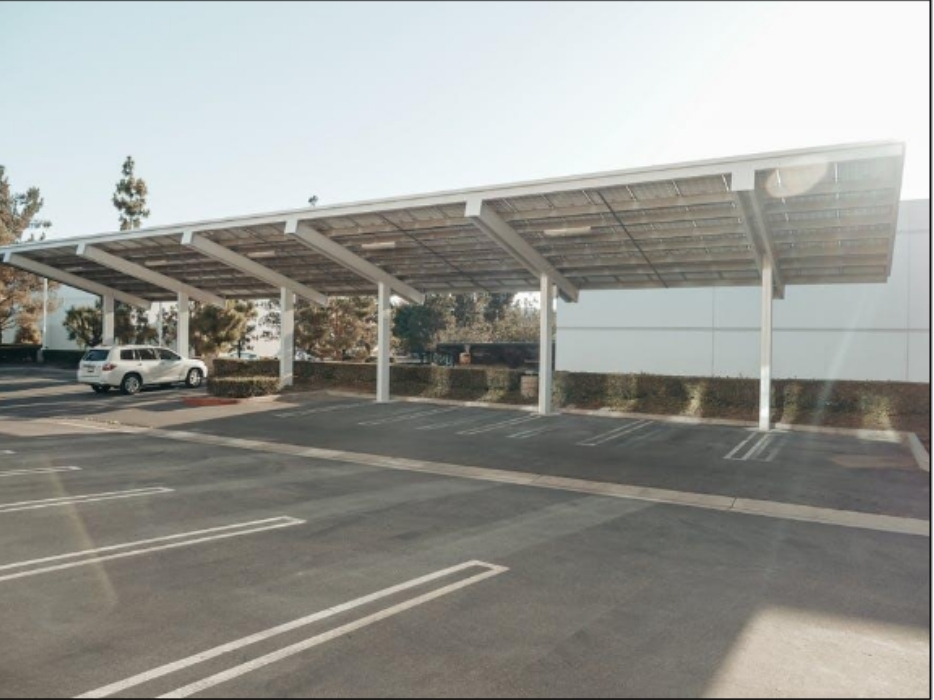Navigating Communication Challenges in Your Relationship
Communication stands as the bedrock of any successful relationship, whether it’s a romantic partnership, friendship, or familial bond. The ability to express thoughts, share feelings, and listen to one another is paramount for a connection to thrive. However, despite our best intentions, many of us find that articulating our needs, desires, and fears within a relationship can be fraught with challenges.
In this post, we will explore the most common communication barriers in personal relationships and arm you with the strategies and tools needed to break through those barriers, fostering a more open and loving connection with your partner.
Understanding Communication Breakdown
Miscommunication can lead to a snowball effect of issues that, when left unaddressed, can strain even the strongest relationships. We’ll look at some of the key factors that contribute to communication breakdown and the ways they manifest within a partnership.
- Misinterpretation: Messages often get lost in translation. Whether it’s different communication styles or personal biases, what one person says and what the other hears are not always the same.
- Listening vs. Hearing: There’s a significant difference between hearing your partner’s words and truly listening to what they’re trying to convey. In the former, the message can be lost or distorted, leading to incomplete understanding and frustration.
- Barriers to Entry: Emotional walls and fear can prevent authentic communication. When one or both partners are unwilling to open up, true understanding becomes an elusive goal.
Recognizing the Signs
Identifying when communication has turned into a one-way street or has broken down entirely is crucial for rectifying the issue. Some clear signs that your relationship may be suffering from poor communication are:
- Frequent Misunderstandings: If misinterpretation or miscommunication occurs frequently, it’s a red flag that there are communication issues.
- Silent Treatments and Avoidance: These are passive-aggressive forms of communication that indicate an unwillingness to engage in healthy dialogue.
- Isolation: When one or both partners start to withdraw and there’s a growing emotional distance, it often signifies deeper communication issues.
Strategies for Improvement
The good news is that with the right strategies, it’s possible to improve communication within your relationship. These strategies involve:
- Developing Active Listening Skills: Engaging in active listening means giving your partner your full attention and repeating what they’ve said to confirm understanding. This technique helps to bridge the gap between hearing and truly listening.
- Scheduled ‘Check-Ins’: Setting aside regular time to talk and reconnect can help ensure that communication doesn’t become an afterthought in the hustle and bustle of daily life.
- Seeking Professional Help: Sometimes, communication issues are complex and deeply rooted, requiring the impartial guidance of a professional counselor or relationship coach.
By implementing these tools and resources, you can begin the process of healing the lines of communication within your relationship.
Conclusion
In closing, it’s important to recognize that communication in relationships is a pathway, not a destination. It requires constant care and attention to ensure that both partners feel heard, understood, and valued. By acknowledging and addressing the common pitfalls that lead to communication breakdown, and by investing the necessary time and effort into improvement, you can foster a deeper, more fulfilling connection with your loved one. Remember, the goal is not to achieve perfection in your communication but rather to continuously strive for understanding and intimacy.





